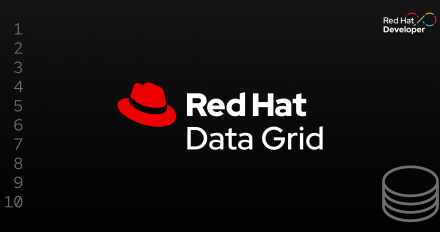
JVM tuning for Red Hat Data Grid on Red Hat OpenShift 4
Explore JVM tuning considerations for Red Hat Data Grid on Red Hat OpenShift 4, from allocating adequate CPU resources to benchmarking your application.

Explore JVM tuning considerations for Red Hat Data Grid on Red Hat OpenShift 4, from allocating adequate CPU resources to benchmarking your application.
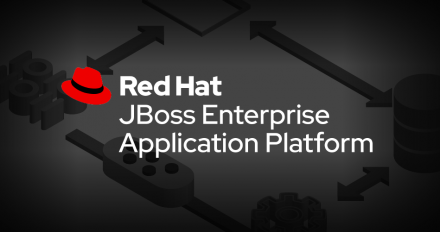
This article describes the setup and operation of JBoss EAP 7 clustering in OpenShift Container Platform using the DNS_PING protocol. (Part 1 of 2)

Red Hat Middleware is a family of lightweight, cloud-friendly, enterprise-grade products that help you innovate faster and smarter. It bridges your applications to Red Hat's trusted infrastructure.

This article details the functioning of Metaspace in JDK 8+ and how to use this information for tuning purposes.
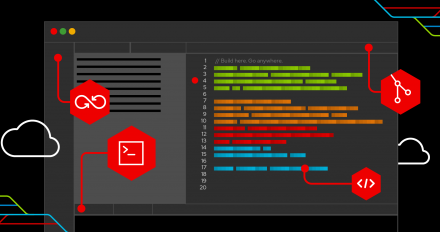
When deploying an application to access Data Grid deployed via Data Grid Operator a few options can be taken: access via internal service or expose via Route, LoadBalancer, or NodePort
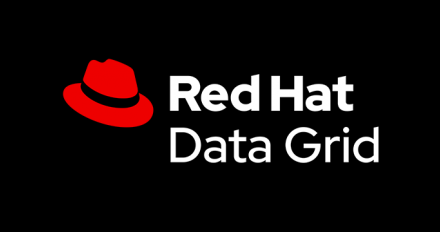
An intelligent, distributed caching solution that boosts application performance, provides greater deployment flexibility, and minimizes the overhead of standing up new applications.


Ansible Collection for Red Hat Runtimes products comes in two different flavors: one upstream, one downstream. This article explores what this means exactly.

Download Red Hat software for application developers at no-cost.
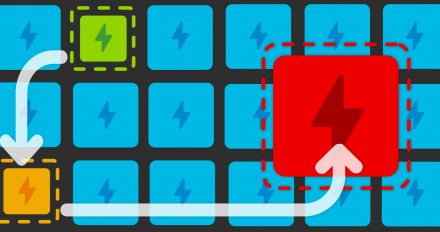
This solution demonstrates an implementation to build a platform that synthesizes conversations across multiple different communication channels and services.

Expand your API Management strategy beyond RESTful APIs into event-driven...

Create a pluggable architecture allowing to extend the platform with additional...
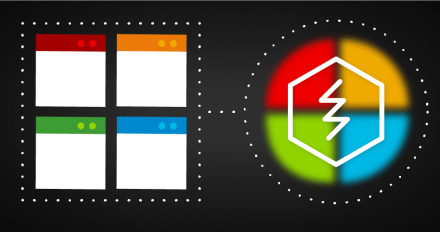
Learn how to install and upgrade Data Grid Operator, which simplifies the process of creating and managing Data Grid clusters on Red Hat OpenShift.
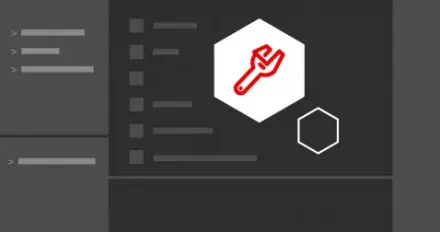
Databases form the foundation of efficient application development, enabling
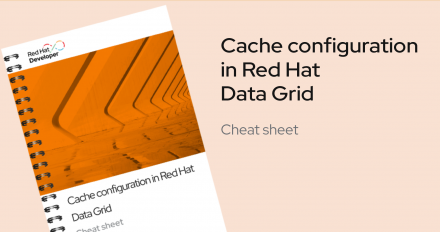
This cheat sheet is a quick reference with information and configuration examples for creating and configuring caches in Red Hat Data Grid.
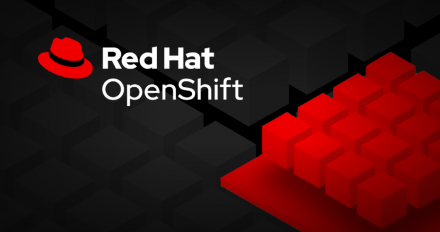
This article explains how to add a custom server task to Red Hat Data Grid to evict and reload a cache from a database table.
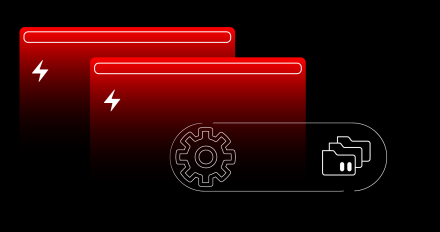
Learn how to develop applications using Quarkus, .NET Core 7, and Golang that
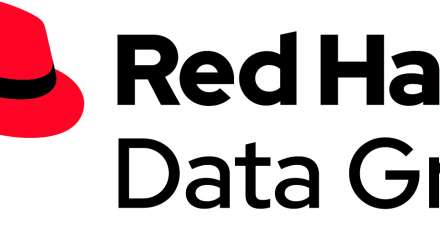
Learn how to create indexes in Red Hat Data Grid to make caches work faster and a Spring Boot application to query a cache.
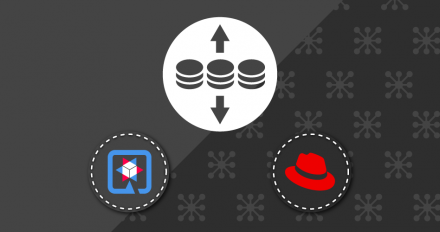
Get started with new features in Red Hat Data Grid 8.3, including cross-site replication improvements, two new SQL cache stores, and Helm chart support.

Learn how to connect to Red Hat Data Grid without using SSL. This service uses single sign-on tech (SSO) without SSL when you don't require secure connectivity.
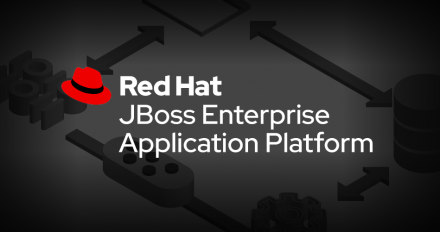
Follow these steps to integrate Data Grid and JBoss EAP in the same project on OpenShift. You can boost application scalability by offloading the session data.
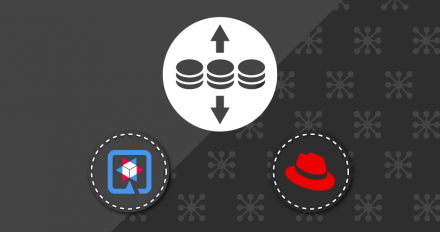
Learn how to make and manage services on cloud-based platforms with the Red Hat Data Grid Operator. This technique adds global clusters across multiple services.
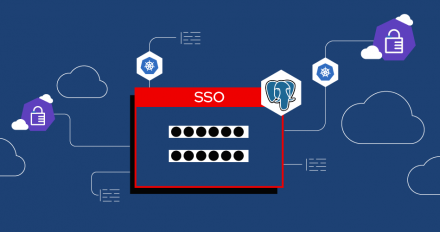
Follow this tutorial to size your single-sign on project. Learn how to design benchmarks and assess performance to develop an more precise estimate.
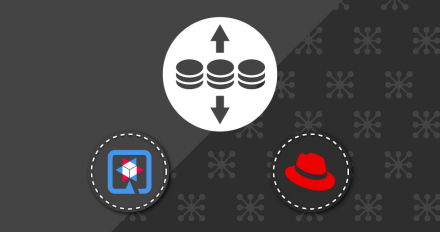
Explore the architecture behind a real-time game leaderboard that tracks scores and ranks players. We use Data Grid and Quarkus on a hybrid cloud deployment.
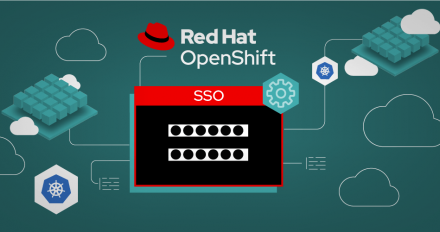
Follow the instructions in this article to quickly connect a Red Hat single sign-on technology client with a Red Hat Data Grid server on Red Hat OpenShift.